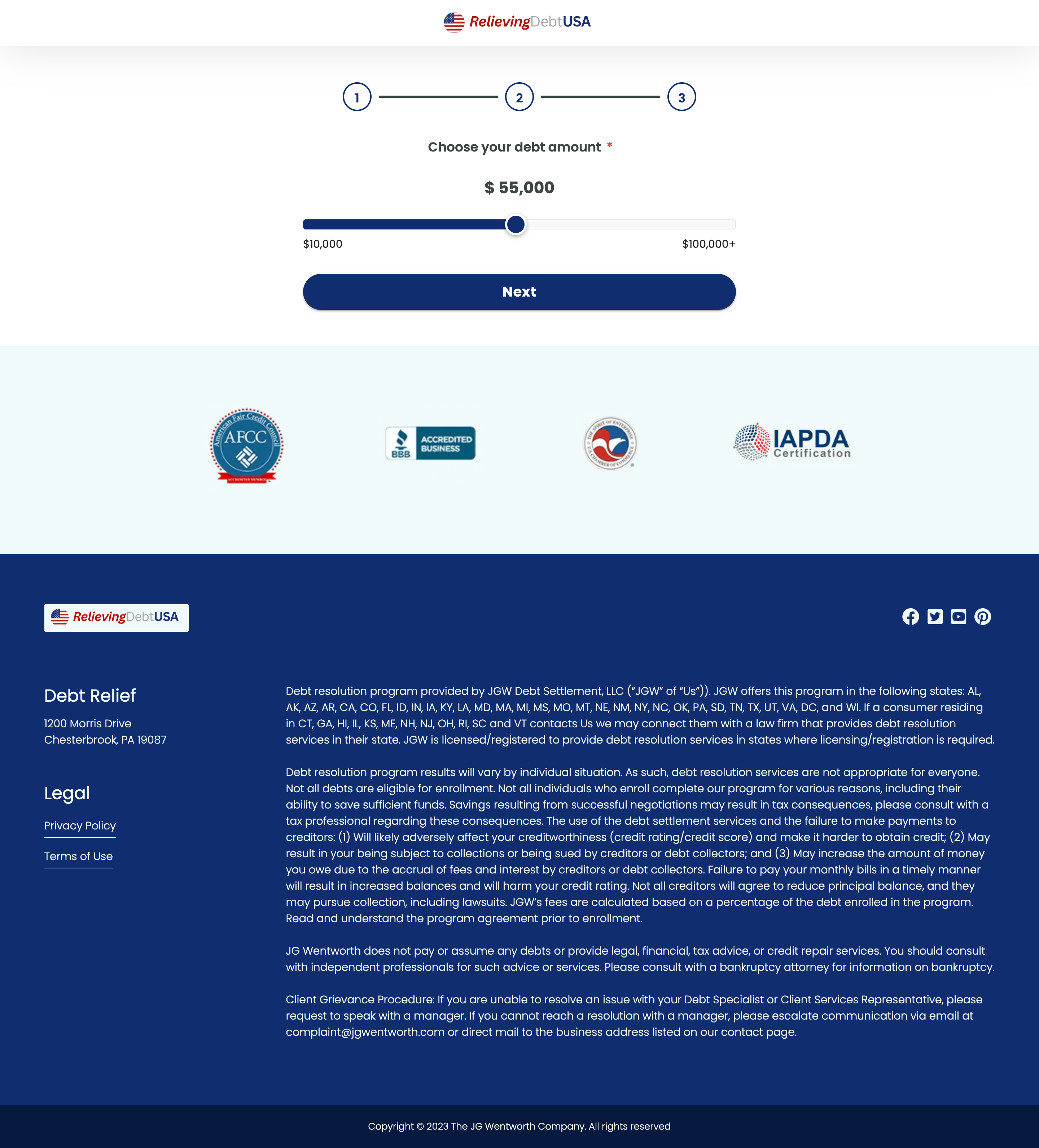Benefits and Barriers of Chatbot Use in Education Technology and the Curriculum: Summer 2023

Many prestigious institutions like Georgia Tech, Stanford, MIT, and the University of Oxford are actively diving into AI-related projects, not just as topics of research but as initiatives to help make learning more effective and easy. More research on AI-driven chatbot models like ChatGPT, Bard, and LLaMa is necessary. One field requiring research and development that will be useful for teachers is the accessibility of fine-tuning LLMs with specific course information. Although methods that require less expensive hardware are being developed (Dettmers et al., 2023), it is still inaccessible to the general public without costly computers. AI and chatbots are continuing to develop at a rapid rate and will undoubtedly be a part of the future.
As a rule of thumb, it takes one person about a month to make a chatbot with 30 different outputs (ie, types of content you want the user to engage with). The automatic learning tool is oriented to formation and interaction, does not consider the resources, the language or the location of the student. Provides personalized learning, adapting to the rhythm of the student, according to their needs and specific requirements. This provides a more direct orientation, when sending information or solving queries in relation to a course. It detects the emotional state of the students which, when identified by the chatbots, can modify the response with language adaptation or even incorporating a joke. And according to different studies, the possibility of carrying out critical discussions about the content being studied allows them to build a better understanding, favoring the learning process.
Advantages for students
They use these platforms to communicate, research topics, and find help with their assignments. It is expected that as these models become more widely available for commercial use, research on the benefits of their use will also increase. Because chatbots using LLMs have vastly more capabilities than their traditional counterparts, it is expected that there are additional benefits not currently identified in the literature.
Utilizing chatbots, students can make their statements more clear and concise (Cunningham-Nelson et al., 2019) and receive assistance solving difficult problems (Kaur et al., 2021). In one study, students used chatbots to provide continuous feedback on their argumentative essays to assist with writing (Guo et al., 2022). Typically, this feedback is received after peer review or first draft submissions rather than concurrently within the writing process. In modern educational institutions, student feedback is the most important factor for assessing a teacher’s work. Most schools and universities have upgraded their feedback collection process by shifting from print to online forms. You can foun additiona information about ai customer service and artificial intelligence and NLP. While chatting with bots, students will have the chance to explain their claims.
As education becomes increasingly globalized, chatbots will need to offer support in multiple languages, catering to diverse student populations. Chatbots also often provide comprehensive feedback analysis by analyzing sentiment, offering insights into the emotional context of the feedback. This in-depth understanding is instrumental in identifying areas of improvement for educators and course developers. The growing prevalence of students using chatbots, such as ChatGPT, to assist with assessments shows a significant demand for these tools. Online educators can align their content more closely with student needs and preferences by incorporating chatbot functions into their material. ZenoChat, developed by TextCortex, is a versatile AI chatbot that stands out for its ability to support various content creation and educational tasks.
Role of AI chatbots in education: systematic literature review
They get informed, they look around your website but are still left with some doubts, and since they are looking for instant answers, they don’t commit to filling out a form. Ultimately, they know they will get a phone call later, and not all of them are ready for a phone conversation. If you work for a business school or a digital school, you’ll find in this article some keys to face the new school year successfully while always having waiting lists for each of the courses offered by the institution you represent. She has been a part of the content and product marketing game for almost 3 years.
- It can assist in tutoring, evaluate a student’s proficiency in a subject, provide remedial actions, and offer personalized feedback.
- That is why chatbots are the most logical and affordable alternative for personal learning.
- This process seems simple but in practice is complex and works the same whether the chatbot is voice- or text-based.
- They are knowledgeable and are able to complete tasks on
schedule, meeting our technical requirements.
Over the last few years, the offer has been evolving, thanks to videoconferencing classes that have enabled students from all over the world to attend training courses remotely. That’s where chatbots come in, the latest tool to revolutionize the educational sector. LeadSquared’s higher education CRM helps institutions drive paperless admissions, map student individual student journeys to ensure personalized communication, and eliminate counselor distractions by prioritising important student inquiries.
Gathering feedback about learning materials with AI chatbot
Conversely, Garcia Brustenga et al. (2018) categorized ECs based on eight tasks in the educational context as described in Table 1. Correspondingly, these tasks reflect that ECs may be potentially beneficial in fulfilling the three learning domains by providing a platform for information retrieval, emotional and motivational support, and skills development. It utilizes advanced AI algorithms that enable it to adapt to any customer conversation and provide personalized customer service. The exponential growth of distance and online courses has made it easier to study alongside work commitments, eliminating the need for long commutes or family interruptions. EdTech companies, using chatbots, are simplifying the lives of students, professors, and administrative departments.
By providing personalized support and guidance, ChatGPT can help you to stay on track and achieve your goals. Example flow diagrams from Textit for the design and development of the chatbot are represented in Fig. He has been an outstanding student, leading in the competition created by The School of AI in Bangalore.
In an educational context, SnatchBot can be used to provide instant responses to common student inquiries, reducing the workload on administrative staff. That will enable Stretch to avoid the pitfalls of ChatGPT and similar chatbots, which often spit out inaccurate or outdated information, said Richard Culatta, ISTE’s CEO, during a roundtable discussion and demonstration with reporters here. (For instance, a chatbot mimicking President Barack Obama inaccurately parroted his administration’s critics as his own views when talking to a reporter about the president’s record on K-12 education). Real-world cases, virtual tutoring, teacher assistance, and streamlining admissions make education more personalized, engaging, and accessible. As a step forward, it’s time we deep dive into the practical implementations of AI chatbots in real-life situations. The versatility and flexibility of AI chatbots suggest a plethora of untapped potential waiting to be explored.
How to Create & Launch Your GPT on OpenAI’s GPT Store + Bonus Email Course!
The education sector is undergoing a profound change with the new online education. Leading institutions such as Georgia Tech, Stanford, MIT, and the University of Oxford actively invest in artificial intelligence projects to enhance learning. Read on to learn about the benefits of using chatbots for the education industry. Zoomers grow up on smartphones and tablets, so technology is integral to all aspects of learning, from creating and delivering course materials to how these materials are absorbed and memorized.
The integration of AI chatbots in education is still in its nascent phase, which means the possibilities for the future are immense and exhilarating. As we delve into ‘the impact of AI on educational institutions’, one cannot overlook the drastic transformation of the educational sector since the advent of AI and machine learning technologies. Moreover, these chatbots are operational 24/7, ensuring that students, teachers, or parents can receive necessary information or assistance anytime they require.
- In 2023, AI chatbots are transforming the education industry with their versatile applications.
- Created by Joseph Weizenbaum at MIT in 1966, ELIZA was one of the earliest chatbot programs (Weizenbaum, 1966).
- While the chatbots can answer student queries and support them in their journey, they are helping the other way around too.
- One of the key benefits of ChatGPT is that it is available 24/7 to provide support and guidance to students.
- Let’s explore the growing influence of AI and machine learning, particularly in education, with a focus on AI chatbots.
Therefore, the present study investigates how integrating ECs to facilitate team-based projects for a design course could influence learning outcomes. Based on a mixed-method quasi-experimental approach, ECs were found to improve learning performance and teamwork with a practical impact. Moreover, it was found that ECs facilitated collaboration among team members that indirectly influenced their ability chatbot in education to perform as a team. Nevertheless, affective-motivational learning outcomes such as perception of learning, need for cognition, motivation, and creative self-efficacy were not influenced by ECs. Henceforth, this study aims to add to the current body of knowledge on the design and development of EC by introducing a new collective design strategy and its pedagogical and practical implications.
Studies have shown that chatbots like ChatGPT can have a significant impact on learning outcomes. By providing personalized support and guidance to students, chatbots can help to improve academic performance and reduce the number of students who drop out of school. ChatGPT is also helping to bridge the gap between students and educators, making it easier for students to get the help they need to succeed.
It, therefore, can be the perfect task for kids to develop their creative and logical skills. Others can also easily try out the chatbots that have been built and give critical feedback. Being an indispensable support at every step of the training cycle, AI guarantees an optimal and unforgettable experience, both for students as well as for teachers and administrators, facilitating their work thanks to automation. The integration of new technologies in training is another step towards digital education.
However, teachers may feel uncomfortable adopting new technologies in the classroom (Tallvid, 2016; Zimmerman, 2006). In addition, this chapter outlines the potential barriers teachers may face if choosing to adopt chatbots and provides recommendations to help facilitate successful chatbot integration. This paper will help to better understand how educational chatbots can be effectively utilized to enhance education and address the specific needs and challenges of students and educators. According to the research, education is one of the top 5 industries profiting from using chatbots.
They can assist with library catalog searches, recommend resources based on subject areas, provide citation assistance, and offer guidance on library policies. And although the chatbot might be communicating at scale, for a student it feels like the chatbot is especially there to help him move along the admissions journey. This personalized approach enhances the overall user experience and fosters a stronger connection with potential students. The most obvious benefit of using a chatbot for your admissions is all the time your admissions team will save. But let’s see how it can improve processes and metrics to help you get more student enrollments. There’s one thing that professors find more time consuming than prepping for the next class—grading tests.
Using chatbots for essay scoring and grading tasks has the potential to revolutionize the educational sector. Intelligent essay-scoring bots can reduce the workload of teachers and provide quicker feedback to students. By reminding students to repeat their learning at spaced intervals, chatbots can help cement the lesson in their minds and improve long-term retention. Renowned brands such as Duolingo and Mondly are employing these AI bots creatively, enhancing learner engagement and facilitating faster comprehension of concepts. These educational chatbots play a significant role in revolutionizing the learning experience and communication within the education sector. Historically, educators viewed their interactions with chatbots negatively, citing that the responses from chatbots were rigid and unoriginal (Kim & Kim, 2022), only capable of answering simple questions (Cunningham-Nelson et al., 2019).
According to Pintrich et al. (1993), self-efficacy and intrinsic value strongly correlate with task value (Eccles & Wigfield, 2002), such as interest, enjoyment, and usefulness. Ensuing, the researcher also considered creative self-efficacy, defined as the students’ belief in producing creative outcomes (Brockhus et al., 2014). Prior research has not mentioned creativity as a learning outcome in EC studies. However, according to Pan et al. (2020), there is a positive relationship between creativity and the need for cognition as it also reflects individual innovation behavior. Likewise, it was deemed necessary due to the nature of the project, which involves design. Lastly, teamwork perception was defined as students’ perception of how well they performed as a team to achieve their learning goals.
Purpose of the study
This streamlines the student management process and ensures that no potential students slip through the cracks. Quizbot, an AI-Powered chatbot, can administer quizzes and evaluate student performances. Quizzes can be automatically created, deliver real-time feedback for wrong answers, adapt to various difficulty levels, and add a touch of gamification for improved student engagement.
According to Kumar and Silva (2020), acceptance, facilities, and skills are still are a significant challenge to students and instructors. Similarly, designing and adapting chatbots into existing learning systems is often taxing (Luo & Gonda, 2019) as instructors sometimes have limited competencies and strategic options in fulfilling EC pedagogical needs (Sandoval, 2018). Moreover, the complexity of designing and capturing all scenarios of how a user might engage with a chatbot also creates frustrations in interaction as expectations may not always be met for both parties (Brandtzaeg & Følstad, 2018). Hence, while ECs as conversational agents may have been projected to substitute learning platforms in the future (Følstad & Brandtzaeg, 2017), much is still to be explored from stakeholders’ viewpoint in facilitating such intervention. Chatbots deployed through MIM applications are simplistic bots known as messenger bots (Schmulian & Coetzee, 2019). These platforms, such as Facebook, WhatsApp, and Telegram, have largely introduced chatbots to facilitate automatic around-the-clock interaction and communication, primarily focusing on the service industries.
Institutes no longer have to constantly summon students for their details every single time something needs to be updated. Edtech bots can help students with their enrolment processes and further provide them with all the necessary information about their courses, modules, and faculties. Chatbots can answer all student queries related to the course, assignments and deadlines. They can customise content and personalise feedback based on each student’s individual learning progress. Chatbots can also be used to evaluate tests and quizzes in place of professors and provide them with analysis per student, based on these results.
Our chatbot creator helps with lead generation, appointment booking, customer support, marketing automation, WhatsApp & Facebook Automation for businesses. Time management is a crucial skill for students and one that can be challenging to master. ChatGPT can help you to manage your time more effectively by providing you with tips and strategies for managing your workload.
Besides the enrollment teams and instructors, several services can be streamlined with the help of chatbots. It’s not easy for an instructor to resolve doubts and engage with every student during lectures. You can combine the power of chatbots with a Higher Education CRM (Customer Relationship Management) that can set up robust automations to nudge a student to complete their applications. Create a Chatbot for WhatsApp, Website, Facebook Messenger, Telegram, WordPress & Shopify with BotPenguin – 100% FREE!
AI in Education: Students’ Views on Chatbots and Cheating – Neuroscience News
AI in Education: Students’ Views on Chatbots and Cheating.
Posted: Thu, 11 May 2023 07:00:00 GMT [source]
An education chatbot is an AI-powered conversational agent designed to assist with learning, teaching, and communication within the educational context. It interacts with users through natural language processing and can provide personalized learning experiences tailored to individual needs. Nevertheless, Wang et al. (2021) claims while the application of chatbots in education are novel, it is also impacted by scarcity. Nevertheless, while this absence is inevitable, it also provides a potential for exploring innovations in educational technology across disciplines (Wang et al., 2021). Furthermore, according to Tegos et al. (2020), investigation on integration and application of chatbots is still warranted in the real-world educational settings.
According to Schmulian and Coetzee (2019), there is still scarcity in mobile-based chatbot application in the educational domain, and while ECs in MIM has been gaining momentum, it has not instigated studies to address its implementation. Furthermore, there are also limited studies in strategies that can be used to improvise ECs role as an engaging pedagogical communication agent (Chaves & Gerosa, 2021). Besides, it was stipulated that students’ expectations and the current reality of simplistic bots may not be aligned as Miller (2016) claims that ANI’s limitation has delimited chatbots towards a simplistic menu prompt interaction. To be effective, chatbots should provide a consistent and user-friendly customer experience.
They might also use AI inappropriately if they are not confident in their understanding of the content required to complete the assignment, feel a time crunch, or have an unmanageable workload. Some students feel pressure to get a perfect grade, and they value performance over learning. It provides students with instant feedback on assignments, identifies areas where they need improvement, and offers tailored study plans to enhance their learning. Sensei, designed for those who prefer WordPress as their platform, uses Tutor AI to provide educators with a range of essential tools. It adapts to the individual learning styles and pace of students, providing tailored content and recommendations. This personalization ensures that students engage with material that is most relevant and challenging to them.
They can be used to provide a personalised learning experience for students and assist in developing their learning processes. By analysing their responses, observing how they study and consume content, and understanding their overall performance using Intelligent tutoring systems, chatbots help students make the best out of the education system. The latest chatbot models have showcased remarkable capabilities in natural language processing and generation. Additional research is required to investigate the role and potential of these newer chatbots in the field of education.
It is important for the student to know their instructors or the realities of how easy or difficult a course is. You can set up sessions with current student ambassadors to answer any queries like this. Juji automatically aggregates and analyzes demographics data and visualizes the summary. So you can get a quick glance on where users came from and when they interacted with the chatbot.






